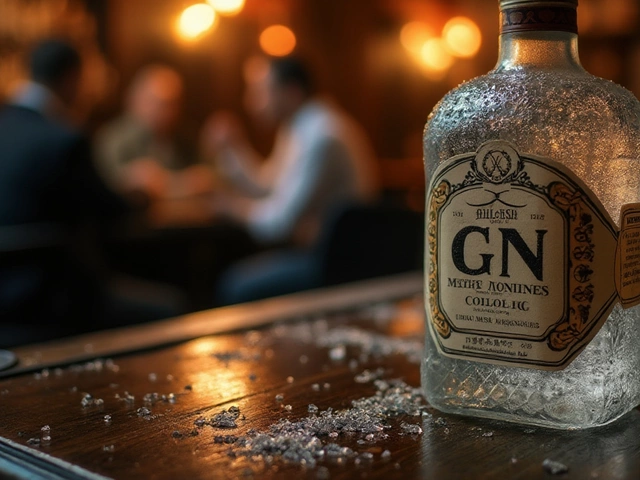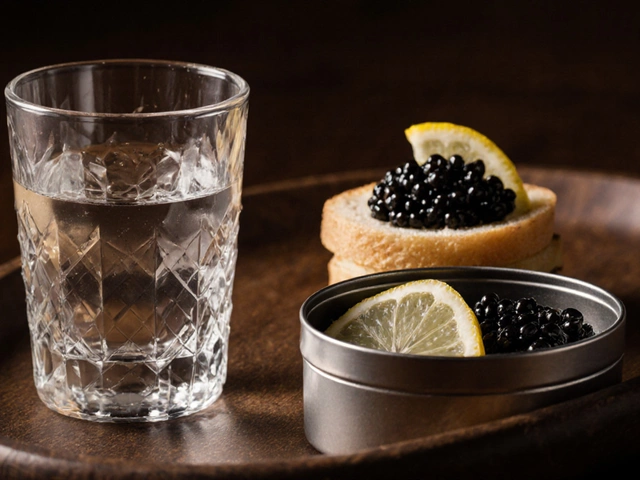Traditional Distillation: The Old‑School Way to Make Spirits
Ever wonder how the whisky in your glass or the brandy on a special occasion got its flavor? Most of that magic comes from traditional distillation – a process that’s been around for centuries. It’s not just chemistry; it’s a mix of heat, patience, and a bit of craftsmanship. Below we break down what makes it traditional, why it still matters, and how you can see it in action.
What Makes Distillation Traditional?
Traditional distillation relies on simple tools: a copper pot, a heat source, and a condenser. Unlike modern column stills that can churn out high‑proof alcohol in minutes, the old‑school pot still works slower and gives the spirit more character. Copper is key because it removes unwanted sulfur compounds, leaving a smoother taste. The process also usually involves a single “run,” meaning the mash is boiled once, collected, and then bottled after a short aging period.
Another hallmark is the use of natural fermentation. Instead of adding industrial yeast, distillers often let wild yeasts from the environment do the work. This adds subtle, regional flavors that you won’t find in a lab‑crafted spirit. Finally, many traditional distilleries age their product in wooden casks, which adds layers of oak, vanilla, and spice over time.
Steps You Can Try at Home (Safely)
If you’re curious enough to experiment, start with a small batch of fruit mash – apples, grapes, or even berries work well. Crush the fruit, add a pinch of sugar, and let natural yeasts ferment for a few days. Once bubbling stops, you’ve got a low‑alcohol “wine” ready for the next stage.
Set up a simple pot still using a copper kettle, a heat‑resistant lid with a small hole, and a coil of copper tubing that runs into a bucket of cold water. Heat the fermented mash gently; as the alcohol vapor rises, it will travel through the coil, cool, and turn back into liquid – that’s your spirit. Remember, distilling at home is regulated in many places, so check local laws before you start.
After you collect the distillate, let it rest for a day or two to let the harsh fumes settle. If you have a small oak chip or a glass jar with a bit of toasted wood, you can give it a quick “mini‑aging” to taste the wood‑infused notes. The result won’t be a polished whisky, but you’ll get a clear sense of how traditional methods shape flavor.
Why bother with all this? Because traditional distillation teaches you the basics of how temperature, copper, and wood influence what ends up in your glass. It also connects you to centuries of craft – the same method used in Scottish malt whisky, French brandy, and Mexican mezcal. Understanding these roots helps you appreciate the stories behind the bottles you love.
Next time you sip a dram, think about the copper pot, the slow boil, and the oak barrel that gave it its soul. That’s the power of traditional distillation – simple tools, big flavor, and a heritage you can taste in every sip.
Curious about the oldest spirit drink? Explore how humankind first discovered distillation, what ancient societies drank, and which spirits sparked civilization’s love for strong liquor.
View Details

